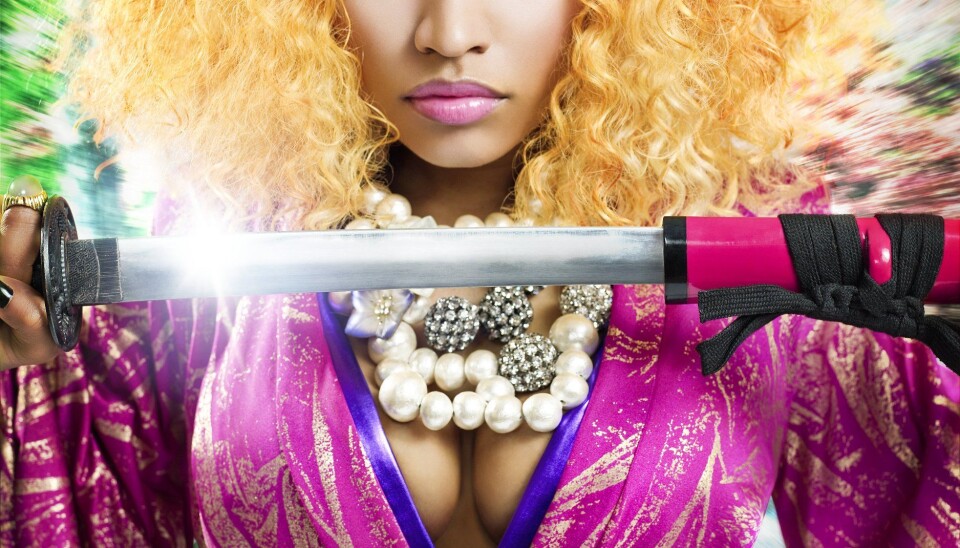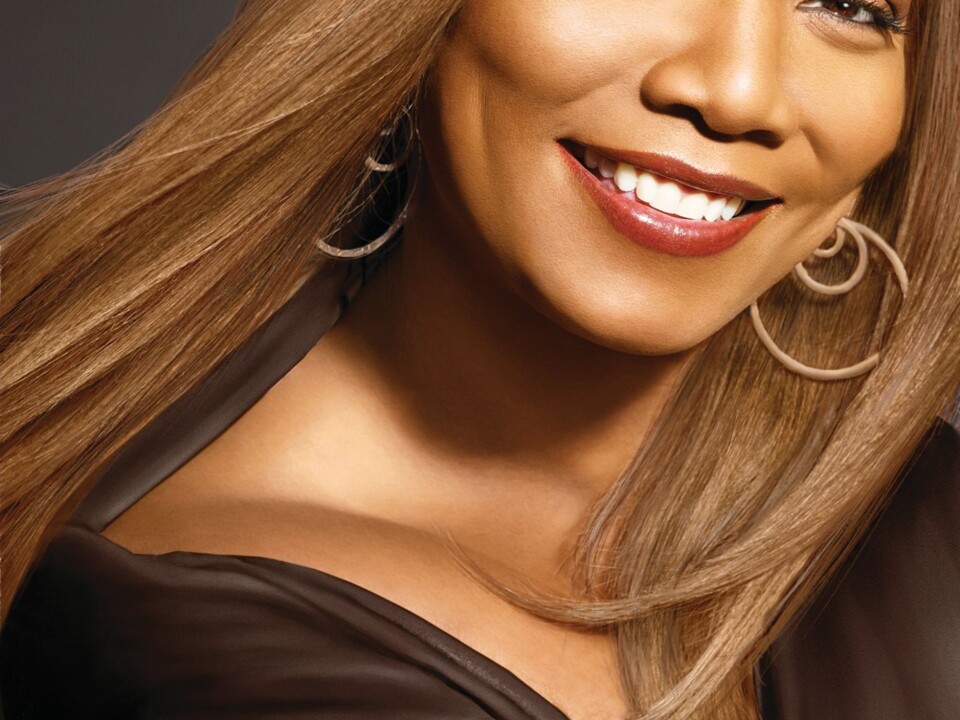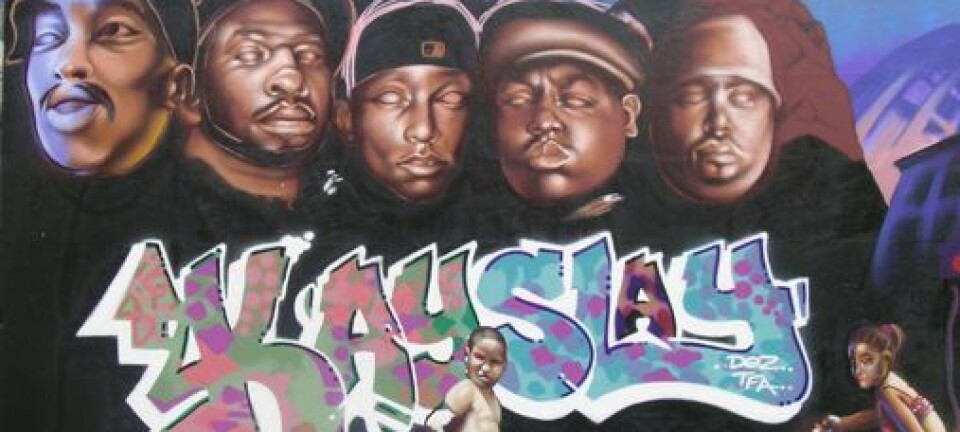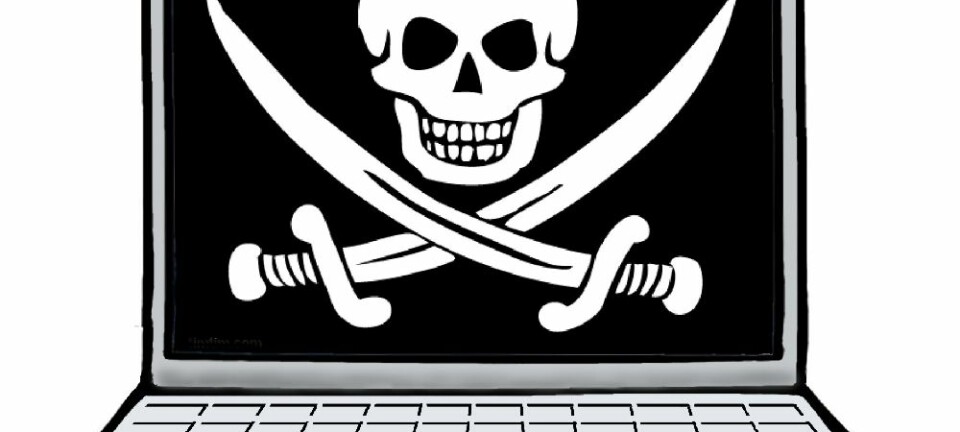An article from University of Tromsø – The Arctic University of Norway

The women of hip-hop: sex bombs and villains
Scantily clad women dancing provocatively while guys grope are a familiar sight in many of today's rap videos. Hip-hop culture is not exactly a paragon of gender equality.
Denne artikkelen er over ti år gammel og kan inneholde utdatert informasjon.
Laura Castor, in the Department of Culture and Literature, studies the portrayal of women in American hip-hop, and she says these problems in commercial rap music are only getting worse.
“African-American women in commercial rap are portrayed in a rather one-sided negative way. They are hypersexual whores or “golddiggers” who are just out to exploit men. This image has become more dominant in recent decades,” she says. “You can find this view of women in the lyrics, while it is reinforced visually in the music videos.”
As with so much else, it was different before. Hip-hop culture originated in the Bronx in the mid-1970s, at a time when this poor borough struggled with cuts in welfare spending and the demolition of homes to make way for a new highway. Out of this misery grew a creative subculture, consisting of four basic elements: DJ'ing, rap, breakdancing and graffiti.
The women strike back
And women were included from the beginning. It was actually a woman - Sylvia Robinson - who was behind the first rap hit, Rapper's Delight in 1979, by the Sugar Hill Gang. Robinson was the producer and co-author.

During the 1980s and 1990s, there were several female rappers who made a name for themselves with great success. Roxanne Shanté, MC Lyte and Queen Latifah showed that they were as tough as the boys in a male-dominated genre. Salt-N-Pepa struck a blow for female sexuality, while Yo-Yo ironized over discrimination against women in the hip-hop song It's a man's world with Ice Cube in 1990.
The first female rappers often worked hard to be seen as one of the guys. They dressed in the same baggy clothes, and showed the same aggression and tough attitudes. With time the trend has been towards a much more sexual image for female rappers. Lil 'Kim found success in the late 1990s with her provocative and almost pornographic image, a tradition that continues today with the popular Nicki Minaj. Violence against women and general misogyny – or hatred of women - in rap texts picked up towards the end of the 1980s, at the same time as gangsta rap caught on. The hypersexual image for women increased in popularity during the next ten years.
“The hip-hop generation, or people born between 1965 and 1984, was the first generation that grew up after segregation was abolished in the United States. They grew up with an expectation of equality that was simply not true,” Castor points out.
“Discrimination remains a problem, and many African-American men take out their frustration on women from their own communities. The men are annoyed because they have to pay child support and feel that women have an easier life than they do. The women, on the other hand, are angry with men because they get in trouble with the law, and they do not follow through on their responsibilities. This has created great distrust between the sexes, and this reality is reflected in rap music,” she says.
Parody or reality?
A study from 2009 showed that misogyny was found in only 22 per cent of the rap songs surveyed, which researchers pointed out was far less than the biggest critics had believed, but that it nevertheless represented a clear theme. They found that the most common negative way to refer to women in rap was as sexual objects, followed by songs that discussed women in general using derogatory words. Distrust towards women was a topic in a little under half of the misogynistic songs, while 20 and 18 per cent respectively referred to the legitimization of violence against women and the glorification of prostitution and pimping.
At the same time, Castor warns against over-analysing an entire culture based only on what is visible to outsiders.
“Rap often presents us with highly exaggerated characters, almost cartoon-like characters, based on the ideals of hip-hop culture. But for an outsider, the boundary between parody and seriousness is extremely fine. The global culture that consumes these songs rarely has enough historical and cultural knowledge to understand them completely,” she says, adding that most people feel comfortable when their own stereotypes are confirmed.
“Many people who listen to hip-hop are young, white, middle-class men, who use music as a counterpoint to their own safe background. What in hip-hop culture is perceived as exaggerated parody is viewed by many white Americans as evidence that their prejudices are correct,” she says.
On the other hand, if there is any group with enough cultural competence to judge hip-hop, it is the hip-hop women themselves. Their numbers are still few, but they come in different variations. Nicki Minaj plays up the sexualized image women often have in today's rap videos, while Eve strikes back with masculine, violent language. In the song Love is Blind she raps about killing a man who has killed his wife. Others, like Jean Grae, challenge the status quo in her songs with the help of clever lyrics and snazzy satire.
Underground artists and boycotts
“Although they may not be at the top of the charts, there is also a dynamic underground movement with hip-hoppers who do not have contracts with major record companies. It is important to remember that hip-hop is far more than the super commercial artists like Jay Z and 50 Cent,” Castor says.
The fans themselves also put their foot down from time to time. The rapper Nelly was supposed to perform at the renowned educational institution Spelman College, a women's college with mostly black students, in 2004. But in light of a highly misogynistic music video for Tip Drill, students organized a boycott, and Nelly cancelled his concert. This led Essence magazine to launch a 12-month long campaign against the degradation of women in rap music, although the campaign did not receive much media attention.
“Women who make their mark in the struggle for equality in hip-hop culture often do this in small ways or in connection with other movements, such as in the fight against domestic violence. They create small moments of awareness, which may not be long lasting. It is important to remember that even small changes matter in a culture where relatively few speak out,” said Castor.
“Fortunately, today's hip-hop artists are an incredibly diverse group of people who also include activists, journalists and academics, and who have opinions that are different than those clearly presented in commercial rap. All these people will tell you that they love hip-hop despite its problems, and that they care about what they are listening to,” she says.

































